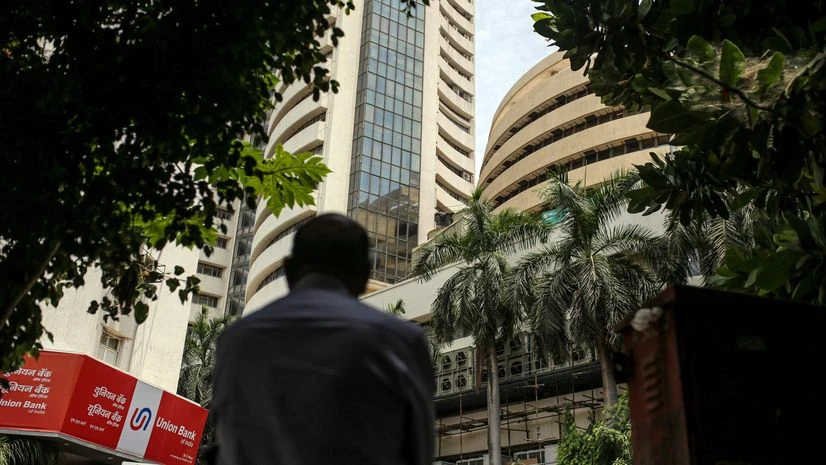Amid uncertainty in the Indian equities, both the National Stock Exchange (NSE) Nifty50 and BSE Sensex have declined 5.9 per cent and 4.9 per cent respectively from their record peaks.
The selling pressure accentuated in November owing to stretched valuations and weak July-September (Q2) quarter earnings, with Nifty earnings growing at their slowest pace since June 2020. Besides, India's gross domestic product (GDP) growth also slowed to 5.4 per cent in the July-September quarter, its weakest since Q3 FY23, driven by slow performance in manufacturing and mining. This, coupled with rising US bond yields and a stronger dollar, led to outflows worth Rs 45,974 crore by foreign institutional investors (FII) last month.
Going ahead, analysts at PL Capital believe even though in the short term, improving consumer sentiment and easing Foreign Institutional Investment (FII) outflows may provide an upside, volatility is likely to persist in the medium-term.
On the broader market front, the brokerage expects range-bound movement in the absence of major triggers.
"Broader equity markets are expensive but not highly overvalued, with approximately 50 per cent of stocks trading above their 3-year average price-to-book ratio," the report said.
Amid such conditions Indian investors are recommended to moderate their overall return expectations and aim for long-term returns of 12-15 per cent.
On the sectoral front, PL Capital reckons cyclical stocks have a potential for a renewed uptrend offering upside for those able to identify turning points. Further, it believes that banks and commodities are showing signs of bottoming out and gold continues to be the preferred asset class amid sustained geopolitical tensions and economic uncertainty, providing a safe haven for investors seeking stability.
More From This Section
Cyclical stocks refer to shares of companies whose performance is highly correlated with the overall economic cycle. These stocks tend to perform well during periods of economic expansion and struggle during economic downturns.
Under its AQUA portfolio, which comprises stock from BSE 500, PL Capital has reduced exposure to autos and increased weight in non-cyclical sectors like Healthcare, information technology (IT), and consumer goods, which now make up 65 per cent of the portfolio.
It also maintained 13 per cent exposure in defensive financials, helping lower portfolio beta and manage rising volatility.
Meanwhile, under its Multi-Asset Dynamic Portfolio (Alpha), which focuses on Nifty Multi Asset indices, PL Capital exited the industrials and IT sectors completely. However, it increased its exposure to the auto sector to 12 per cent and entered pharmaceuticals with an allocation of 28 per cent, diversifying across healthcare, capital goods, finance, and other sectors.
Additionally, it maintained a 20 per cent allocation to gold, after increasing it by 5 per cent in October. The escalating tensions between Ukraine and Russia, along with the dollar index's decline to a two-week low, supported gold prices.
In its Multi-Asset Dynamic Portfolio, which comprises stock from BSE 500, the brokerage gave the highest allocation of 35 per cent to large caps amid market uncertainty, to provide safety and stability for investors.

)